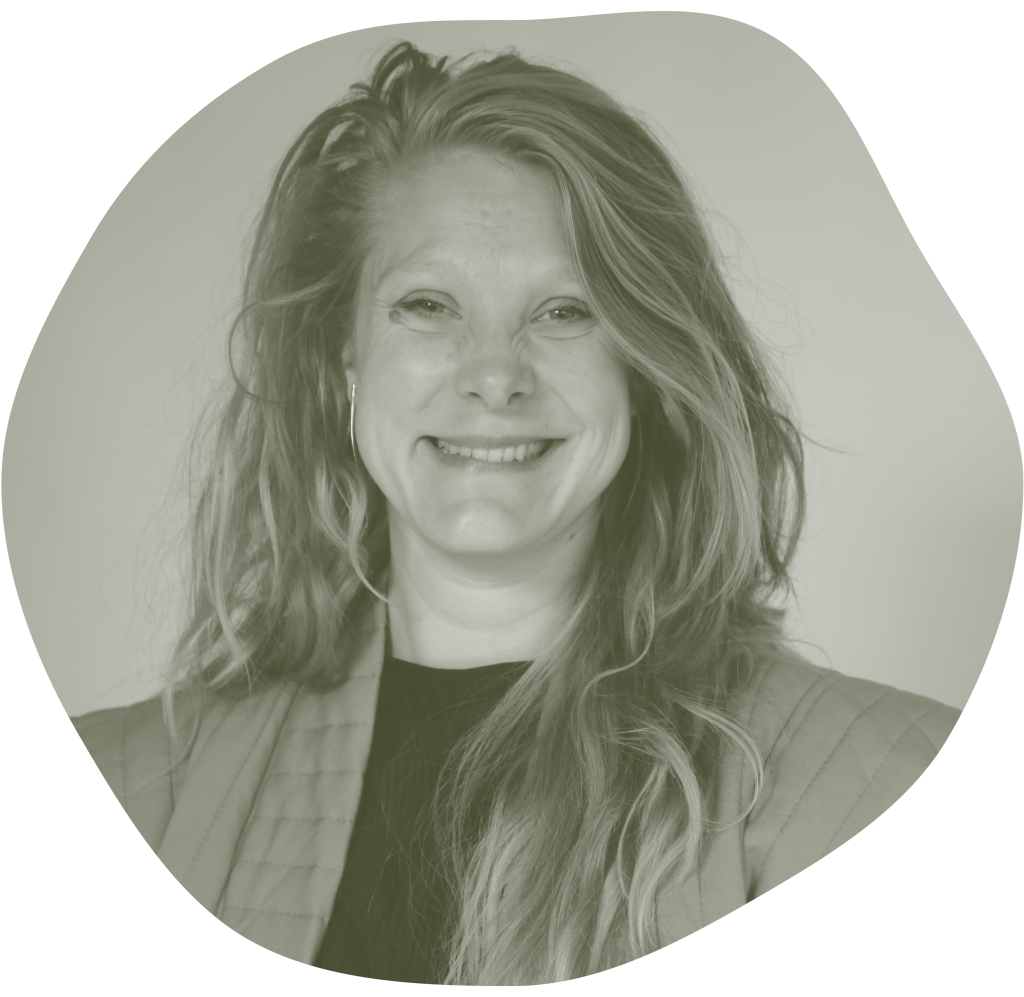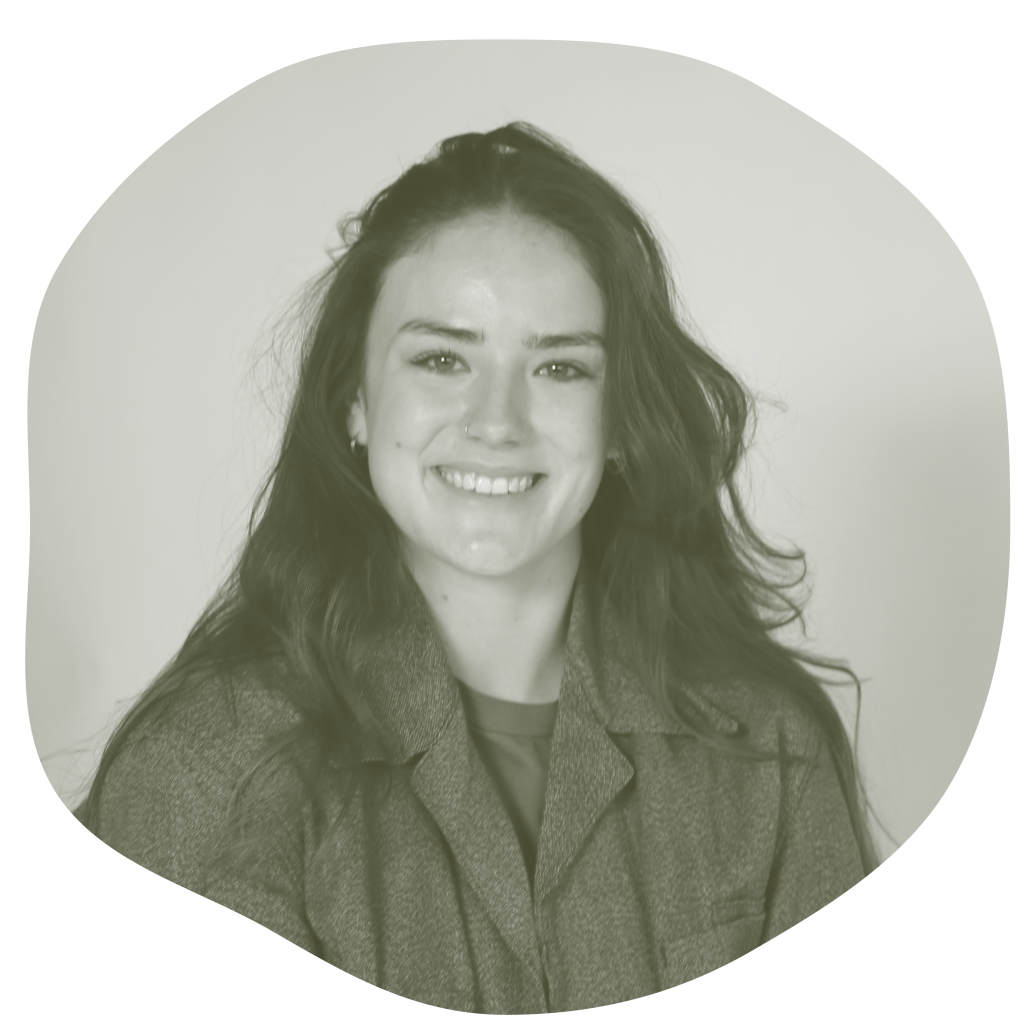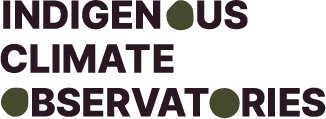Lizette Reitsma

When this project started, I was pregnant. This to me made the urgency of the themes we were addressing even more central. I have seen the local impacts of climate change through the realities of the communities: hunger, losses of livelihood, losses of biodiversity and with that foodplants and medicine. My daughter is now two, and I hope she will grow up in a world where collaborations such as we have had in this project are normal. Where there is respect for other worldviews, where local communities are supported to use their own ways of knowing to guide communal action for climate mitigation and adaptation. Where we (in the places like where I live) and decision makers learn to listen to our surroundings and learn to hear the urgency for transformation. Where there is climate justice, no hunger and where we all can flourish.
For me, this project has been a true eye-opener of what collaboration in all its plurality can look like: we worked interdisciplinary, between different countries and cultures and between different societal stakeholders. I think this plurality is what makes the project unique and what grounds ‘Indigenous Climate Observatories’ as a concept. We started this project with this vague but interesting concept, and I am in awe with how the collaborations with all of the local researchers, communities and stakeholders led every one of the observatories to become something unique. Even though I was the project coordinator, I intentionally tried to let the project be shaped by the local team members and communities. All the different outcomes excite me, and I believe we have established partnerships for life.
Though all the observatories are different and focus on different themes, the blankets played an important role to make this project into a whole. Through the blankets and introducing those to the different communities we learned that the themes addressed, and learning obtained are relevant to the other communities. I therefore see the blankets as a way to capture the learnings from the observatory as a tool that facilitated knowledge exchange between communities and groups that otherwise might be difficult to bring together (due to logistical challenges). I also saw through the public engagement processes, that the blankets help to tell the stories of the project to people who might live in very different circumstances.
This project has been a dream come true, and I am looking forward to learn where it will go from here!
Agnes Elfvingsson

Being part of the Indigenous Climate Observatories project as an interaction design intern has shown me a hopeful and exciting example of what collaborative and interdisciplinary work can achieve. I strongly believe that the project has an impact on how we approach climate change and the inclusion of Indigenous Knowledge in climate change efforts.
Since I joined the project only for this half-year, my reflections are based on what I have read, heard, and experienced during my internship, which is based in Malmö, Sweden. As I have not been present at the project locations, my reflections stem from my contributions to the project, such as being a part of shaping this website and a toolbox documenting the project’s process (among other tasks). However, I can also reflect on the conversations, meetings, and collaborations I’ve had with the researchers throughout these tasks, as well as hearing their reflections about their project experiences and learning more about the contributions of each individual.
From my perspective as a student entering and learning about this research field as a beginner, the project has inspired me and heightened my awareness of what collaborative action can accomplish. It has also underscored the value of creating an environment where everyone’s voices are heard and where everyone has the opportunity to influence the shaping of the project and the observatories. Additionally, it has been fascinating to see researchers from many different fields come together, exchange knowledge, and create a learning opportunity that, in my eyes, is highly valuable.
